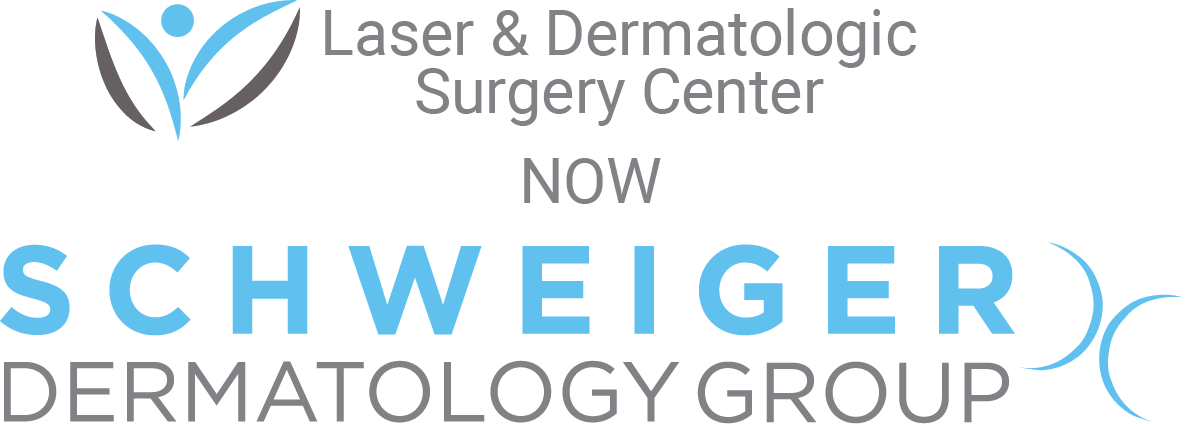Different Types of Microneedling Devices
At-home devices are available, but we can’t be too strong in recommending against their use. Even in a best-case scenario, the results won’t be close to what you can get through our skin care clinic. Moreover, when doing their own treatments, people have a tendency to get impatient. The incremental progress of microneedling can also be very uneven with almost no visible improvement between some treatments. Yet, too frequent applications in a less-than-sterile environment is a recipe for infection and doing more harm than good.
Dermarollers are another type of microneedling device. These rollers have miniature wheels with microneedles that are easy to use but offer less control and aren’t ideal for hard to reach places. If the affected skin is an easy case for microneedling, this could be a reasonable choice.
Higher quality microneedling devices and skin care products aren’t just notable for what they have in them, but also what they don’t. Sterile, disposable needles and sanitary post-procedure therapies ensure nothing infiltrates the skin to interfere with the healing process and collagen production.
One of the most popular devices is the SkinPen. This device uses a series of disposable needle cartridges and adjustable depth settings that allow for more control and personalized attention to the microneedling application. With an experienced skin care specialist, this device can be a real game-changer.

A microneedling session at St. Louis’ Laser & Dermatologic Surgery Center starts with determining which area would benefit from the treatment, then using specially designed needles to create narrow channels that stimulate the skin to release growth factors as part of the natural healing process. These growth factors encourage collagen and elastin production, which close the channels and improve the overall quality of the
skin.
SkinPen and Needle Depth
Another big difference in various types of microneedling treatments is the depth of the needle. Anti-aging microneedling procedures are more likely to use a shallower depth between 0.25-1.0mm. For deep acne scars, a more aggressive approach may be warranted with needle depths between 1mm-2.5mm. Thicker skin in some areas of the body allow for deeper needles, but facial treatments are generally limited to depths of 1.5mm or less. This is another reason the SkinPen is a preferred microneedling device. It can be adjusted to a depth anywhere between 0.25mm and 2.5mm.
Complementary Skin Therapies
The type of device and needle depth aren’t the only differences in microneedling procedures. The needles create microscopic channels that are ready to receive various skin care therapies that accelerate the healing process. Earlier versions of microneedling simply left the resulting blood, with its plethora of healing and anti-aging factors, on the surface of the skin for at least an hour. Today, more active complementary therapies are often recommended with microneedling. This includes ultrasound, radiofrequency, and other specialized skin care therapies. A thin layer of serum will also be applied as a pretreatment to the affected area.
Determine Whether Microneedling is Right for You
You can learn more about what to expect from the procedure on our SkinPen Treatments page. Of course, the best way to determine exactly what your skin needs is to make an appointment with our Chesterfield office. Contact us to schedule a consultation and get expert guidance from our microneedling and skin care specialists.

